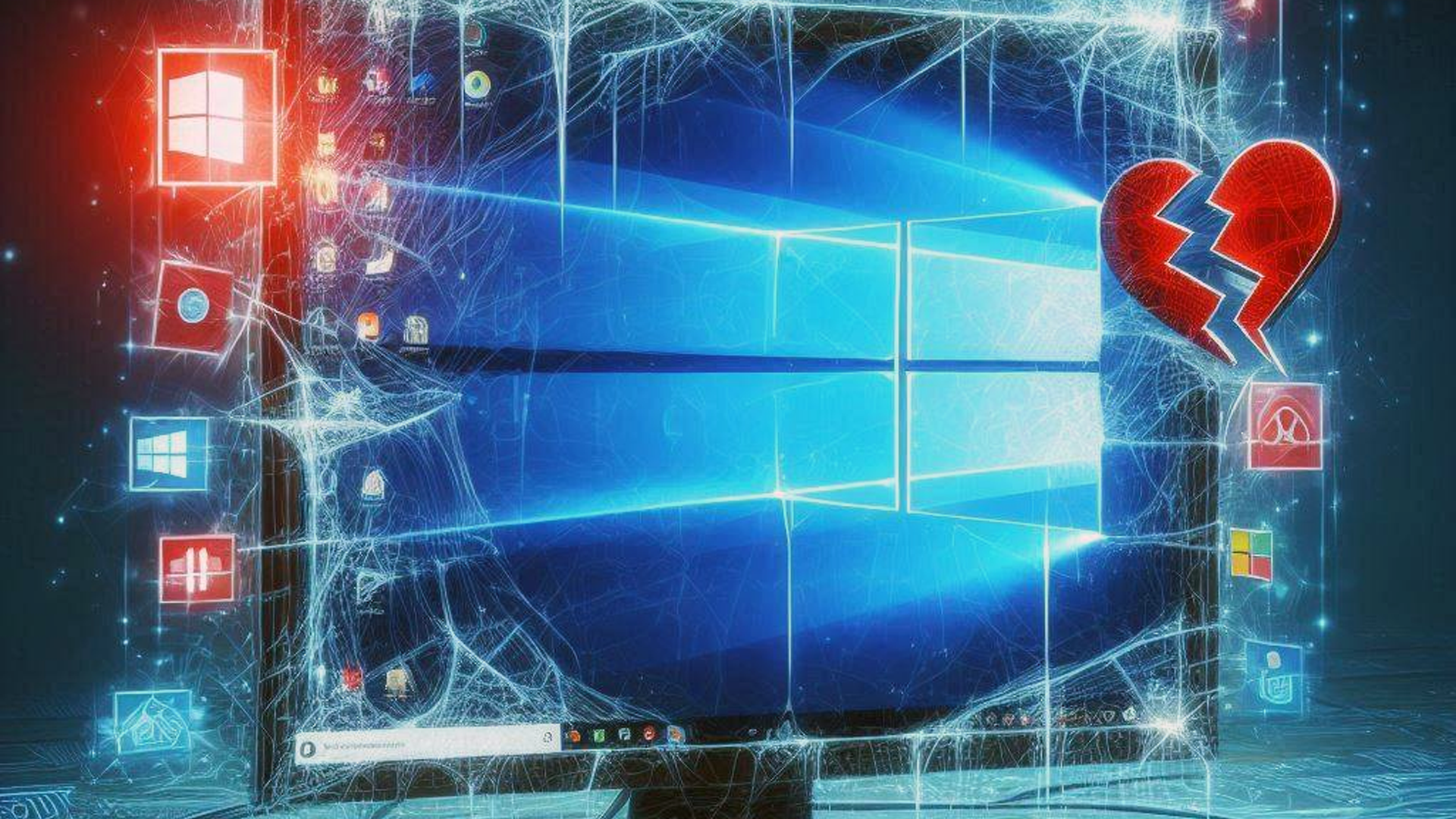The widespread Windows outage today has subsided, but not without my reflection on the state of our digital society. By this incident, alarming vulnerabilities have been opened to view that we ought to address.
The Incident: What Happened?
A glitch hit CrowdStrike Falcon endpoint protection software today, July 19, and sent ‘Blue Screens of Death’ worldwide to a large number of Windows PCs. Very much like any enterprise-grade cyber-security tool that misbehaved during a routine update, it managed to cause mayhem. While the cause of the glitch is yet to be identified, the event really brings into the limelight the risks associated with this kind of software and higher-level access.
The Fallout: Far-Reaching Effects
Although the outage lasted a few hours, its effects were enormous. From British pubs unable to take orders through apps to 911 services going offline in Alaska, the disruption strikingly brought into light how much of modern life is reliant on a few pieces of major software. Perhaps no sector was hit harder than healthcare, where already-antiquated systems running Windows 7, Vista, or even XP were hit very badly. That will only make things worse, because such a reliance on older, unsupported operating systems will increase the potential for just these sorts of disruptions.
The Broader Implications
The effect of this blackout went far beyond the healthcare industry. American airline carriers were hit hard, flights were delayed, causing pandemonium at the flight terminals and directly influencing the business sectors as businessmen continued missing meetings and other functions of importance. The social effect was similarly massive, with thousands suffering delays during some of the most important moments of their lives, such as the birth of a child or passing away of a loved one.
Cybersecurity Concerns: An Ongoing Threat
While this CrowdStrike glitch was certainly an honest mistake, it does serve to raise questions regarding the ability to detect potential cyberattacks. Cybercriminals are taking advantage of the situation right now, and many systems may be already exposed since their security features were disabled. This should be a very harsh reminder of the damage that can result from just one line of rogue code—let alone the devastation that might be caused by a targeted cyberattack.
Solutions and Responsibilities
These vulnerabilities can be addressed from several viewpoints. Immediate responsibility lay with CrowdStrike, but some of that was also on Microsoft. The reason for this unacceptable state is the increasing reliance on private enterprise to allow critical infrastructure to operate with outdated and hence unsupported systems. The software industry has a job ahead of itself in ensuring better digital security and taking down system interreliance so that such incidents are obviated in times to come.
Conclusion: A Wake-Up Call
Today’s outage should be a rude awakening to the entire software industry. Improved safety and updated systems are no longer just necessary but a requirement. The incident proved that our current digital infrastructure is fragile, and if some really big changes are not made, then we remain exposed to future disruption—both accidental and malicious.
On the other hand, these issues, if resolved, can lead to a more resilient digital society, better equipped to stand against the different challenges that come its way in the future. The lessons learned from today’s incident should drive us toward a safer, more secure digital environment.
